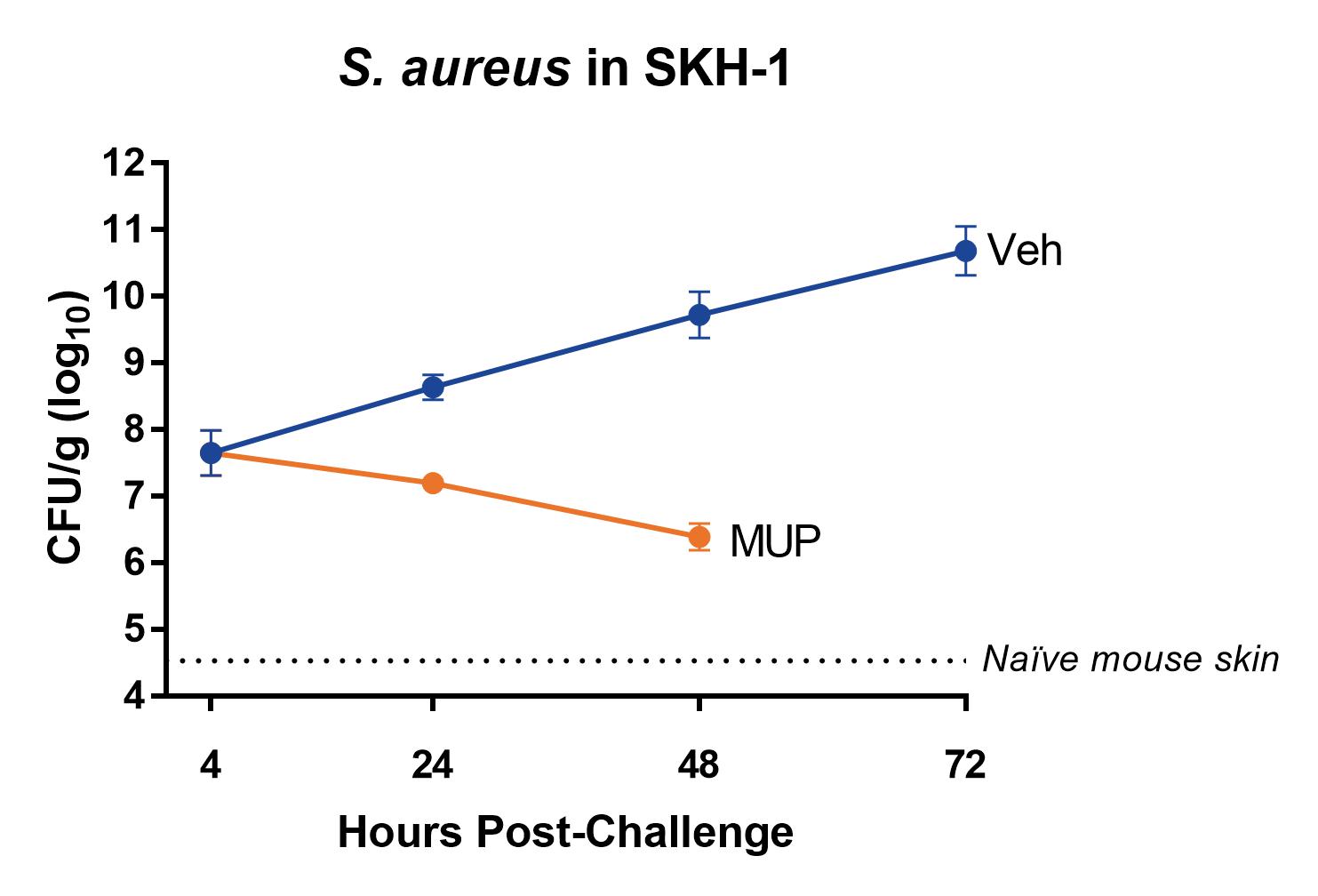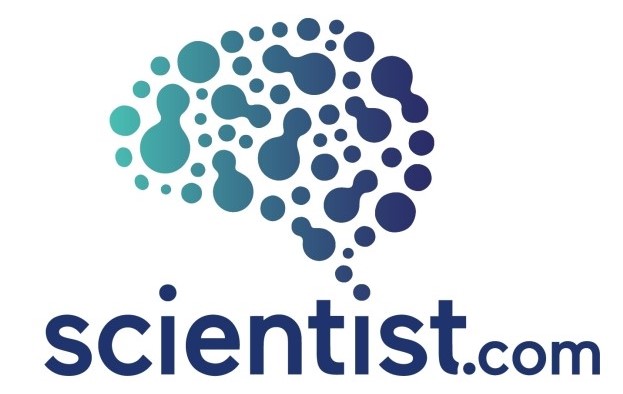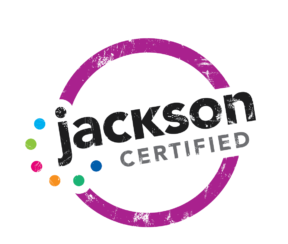Biofilms: Skimming the Surface
Biofilms: Skimming the Surface
There are two basic forms of microbes: free-floating and anchored. While free-floating microbes are better understood, 90% of all microorganisms are anchored. Anchored microbes have the ability to form biofilms.
A biofilm is a thin layer of microorganisms that have adhered to a surface and formed a complex, multicellular, three-dimensional structure. When a biofilm forms, the microbes are enclosed in a protective extracellular polymeric substance (EPS) matrix that provides significant advantages for survival. Not only are the microorganisms less susceptible to antimicrobials and the immune system’s defense mechanisms, but the increased surface area aids in the absorption of oxygen and other nutrients while also allowing better release of waste.
The National Institute of Health (NIH) reports that biofilms account for 80% of microbial infections in humans and have the ability to affect every organ in the body. Biofilms can form on living tissues, but also on artificial surfaces like catheters, prosthetics, pacemakers, and other medical devices. Pathogenic bacteria known to form biofilms include Escherichia coli, Staphylococcus aureus, and Salmonella species. Further, many biofilms are composed of antibiotic-resistant bacterial strains which make treatment increasingly difficult.
There are three stages in the lifecycle of biofilms: attachment of the microorganism to a surface, replication of the microorganisms and growth of the biofilm, and detachment of microbial clumps from the surface. Detachment is perhaps the largest clinical concern, as it allows the biofilm to spread to surrounding tissues and surfaces. This can occur as sloughing, the rapid detachment of a mass of cells, or erosion, the continual detachment of small portions of the biofilm. Strikingly, clusters as small as 10 cells have been demonstrated to be capable of forming new, infectious biofilms with the same protective properties as their parent structures.
TransPharm Preclinical Solutions has validated a mouse model of a biofilm infection using methicillin-resistant S. aureus (MRSA). A graphic representation of sample data is shown below. Additional validations can be performed upon request. Contact us today for more information or to request a free, no-obligation quote.






